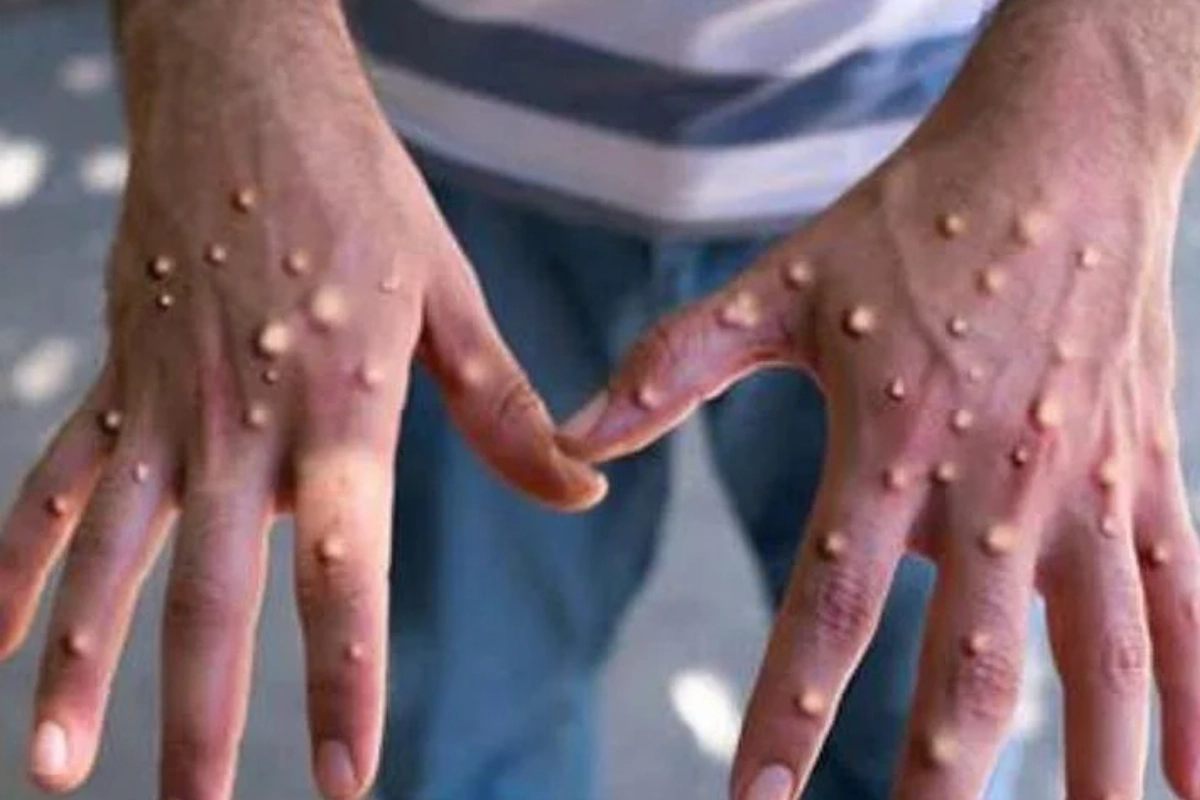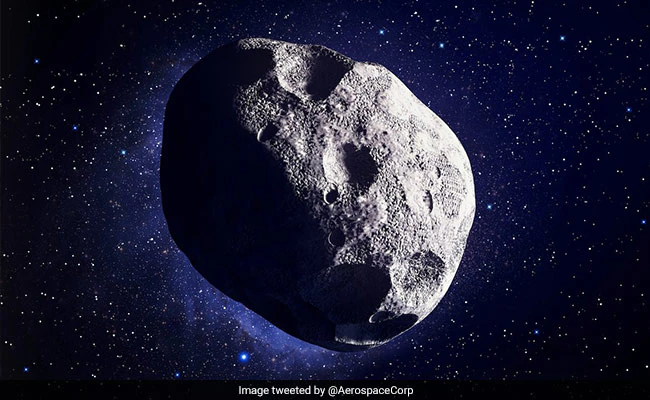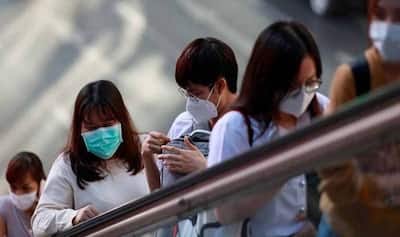India Water Week: Even though November 1–5 is designated as India Water Week, many people still have unrealistic expectations regarding access to safe drinking water.
Let’s talk about statistics
According to a survey released on Wednesday by the neighbourhood social media site LocalCircles, only 2% of Indian households receive water that is fit for human consumption from their local body and 65% use a contemporary filtering system.
Also Read: US: 2 Cops Injured After a Gunman Opens Fire in New Jersey. Watch Video
When asked how they would evaluate the municipal/water department or panchayat that supplies piped water to their home, 5% said “extremely poor” and 15% “poor.” Furthermore, 5% of respondents reported their homes don’t have piped water.
And how do they clean water for drinking, cooking, and other uses at home? 34% of people use a water purifier, 31% a RO system, 1% chlorination, alum, and other minerals, 14% “boil” the water, and 5% utilise clay containers to purify the water. The results showed that 7% of households purchased bottled water instead of purifying their water.
“The government should think about establishing required standards for the provision of drinkable water that would be adhered to by all local bodies and provide them some time to comply. The standards must be made public for public use, checks, and balances when the majority has complied, according to Sachin Taparia, the creator of LocalCircles.
Findings of the survey conducted
According to a research published in the BMC Public Health Journal in May of this year, an estimated 37.7 million Indians are impacted by water-borne diseases each year; 1.5 million children die from diarrhoea alone, and 73 million working days are lost as a result.
According to Water.org, an international civil society organisation, “more than 6% of the Indian population lack access to quality water.”
According to a 2017 Unicef analysis based on government data, just 50% of India’s population has access to clean drinking water that is free of chemical contamination or harmful levels of pollutants.
Keep watching our YouTube Channel ‘DNP INDIA’. Also, please subscribe and follow us on FACEBOOK, INSTAGRAM, and TWITTER










